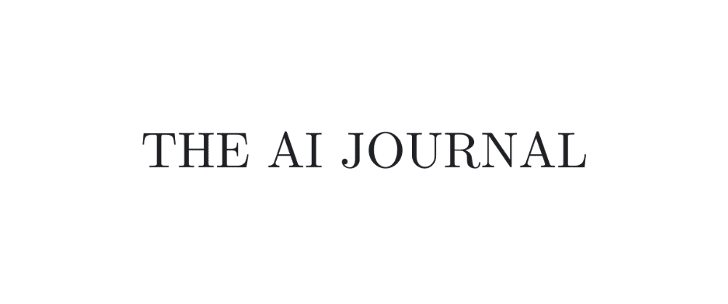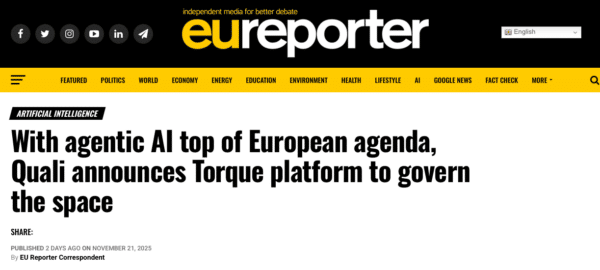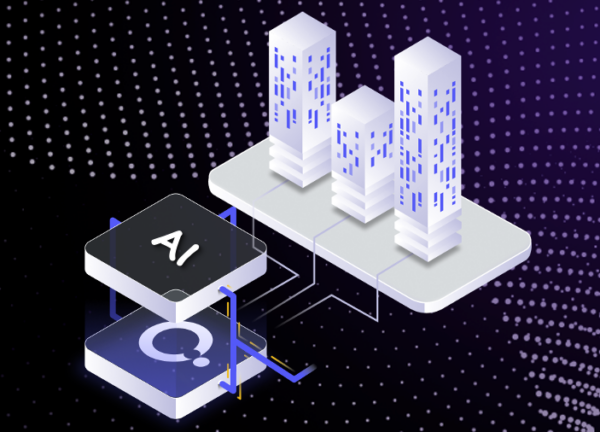Description
A Framework for Modern Infrastructure Decision-Making
As enterprise infrastructure grows more complex, spanning cloud, on-prem, edge, containers, ephemeral AI environments, and increasingly autonomous systems, the limitations of traditional evaluation models have become clear. Feature lists, vendor comparisons, and anecdotal preferences fall short in today’s dynamic, high-stakes environments.
That’s why we developed the Strategic Capability Taxonomy, a structured framework that defines the Critical Capabilities needed to assess, govern, and optimize modern infrastructure investments.
These capabilities are not product categories. They are not feature checklists. They are strategic evaluation lenses, designed to help technology leaders:
- Compare current tooling against evolving operational needs
- Identify gaps, overlaps, and misalignments
- Evaluate vendor roadmaps and strategies
- Align technology decisions with business and security objectives
- Accelerate time-to-value and reduce tooling risk
Each capability is expressed as its own resource, complete with maturity models, category comparisons, business-impact evaluation criteria, and strategic recommendations. The documents provide decision-grade insights for platform engineers, architects, security leads, and DevOps leaders operating in increasingly AI-driven and hybrid environments.
The 12 Critical Capabilities
| Critical Capability | Description |
| 1. Programmable Infra. (Business Level) | Transforms infrastructure into structured, policy-aware environments aligned with business value, enabling visibility, compliance, and self-service without risk. |
| 2. Internet of AI Agents (IAIA) | Provides orchestration, lifecycle management, and trust boundaries across autonomous agents to tame agent sprawl and establish governance. |
| 3. AI & Agentic Security Controls | Secures autonomous workloads and GPU environments by enforcing behavior policies and runtime controls at the orchestration layer. |
| 4. AI Workload Orchestration | Automates the provisioning, scaling, and optimization of AI/ML environments, ensuring cost-effective, performant, and governed AI pipelines. |
| 5. Hybrid Infrastructure Platform Support | Unifies orchestration across public cloud, private data centers, and edge, delivering consistent provisioning, compliance, and cost control. |
| 6. Container Management | Establishes tenancy, policy, and lifecycle governance across Kubernetes clusters and containerized workloads at scale. |
| 7. Infrastructure Delivery & Standardization | Normalizes IaC and click-ops through blueprint-driven provisioning to eliminate inconsistency, drift, and environment sprawl. |
| 8. Day‑2 Operations Automation | Automates environment teardown, drift detection, remediation, and patching to reduce operational toil and risk in long-lived systems. |
| 9. Self‑Service Platform Engineering | Exposes safe, API-driven access to environments, enabling developer velocity while maintaining security and policy control. |
| 10. Cloud Cost Governance | Enforces real-time cost policies at provisioning and runtime to prevent waste and improve financial accountability across teams. |
| 11. FinOps for AI & Cloud | Bridges finance, engineering, and operations through attribution, forecasting, and guardrails tailored to dynamic, AI-centric spend. |
| 12. Security & Compliance as Code | Bakes policy and compliance enforcement directly into orchestration workflows, eliminating reliance on retrospective audits. |
How to Use the Critical Capabilities
- Evaluate Your Current StackUse the taxonomy to map your tooling landscape against each critical capability. Identify where you’re covered, and where you may be compensating with custom code, brittle integrations, or manual workarounds.
- Assess Maturity and ReadinessApply the maturity scales embedded in each framework to identify where you are in terms of automation, visibility, and policy enforcement. Use these insights to prioritize investment and platform evolution.
- Inform Platform and Vendor StrategyThese capabilities enable structured vendor comparisons. They help you evaluate not just what a tool does, but how well it supports strategic outcomes like AI workload readiness, hybrid orchestration, or self-service delivery with policy guardrails.
- Bridge Engineering and Business GoalsEach framework defines business outcomes, cost governance, lifecycle optimization, compliance, velocity, and maps them to infrastructure capabilities. This lets teams tie implementation choices to measurable impact.
- Standardize Evaluation Across TeamsBy using shared definitions and scoring systems, the Strategic Capability Taxonomy promotes alignment between architecture, DevOps, security, platform engineering, and procurement.
What You’ll Find in Each Document
Each Critical Capabilities document includes:
- Capability Definitions:What the capability is, why it matters, and what outcomes it supports.
- Evaluation Framework:1–5 scale maturity model with real-world criteria for each level.
- Tool Category Comparison:How CMPs, IaC tools, IPEs, IDPs, and other platforms score against the defined capability.
- Use Case Insights:Challenges addressed, patterns observed, and signals that guide prioritization.
- Strategic Recommendations:Guidance on platform architecture, investment areas, and future readiness.
This combination of structured assessment and strategic guidance makes each document a practical tool for improving both technology stack and operational posture.
Why It Matters
Tool sprawl, AI-native workflows, budget pressure, and compliance challenges are converging. Legacy tooling decisions, based on categories or vendor relationships, no longer scale.
The Strategic Capability Taxonomy gives you the lens to:
- Make faster, more defensible platform decisions
- Evaluate real capabilities, not category labels
- Identify gaps and misalignments in your stack
- Align technology adoption with strategic imperatives
Evaluation
Explore the Library
If you don’t know where to start, we recommend starting with:
- Internet of AI Agents (IAIA)– Agent governance, lifecycle control, and AI-native orchestration
- AI & Agentic Security– Securing autonomous infrastructure and workload behaviors
- Programmable Infrastructure for Business Value– Aligning platform engineering with business priorities
- AI Workload Orchestration– GPU-aware, cost-optimized environments for training/inference
- FinOps for Autonomous Infrastructure– Real-time cost controls for AI-driven systems
- Container Management– Unified orchestration, policy, and governance across Kubernetes ecosystems




